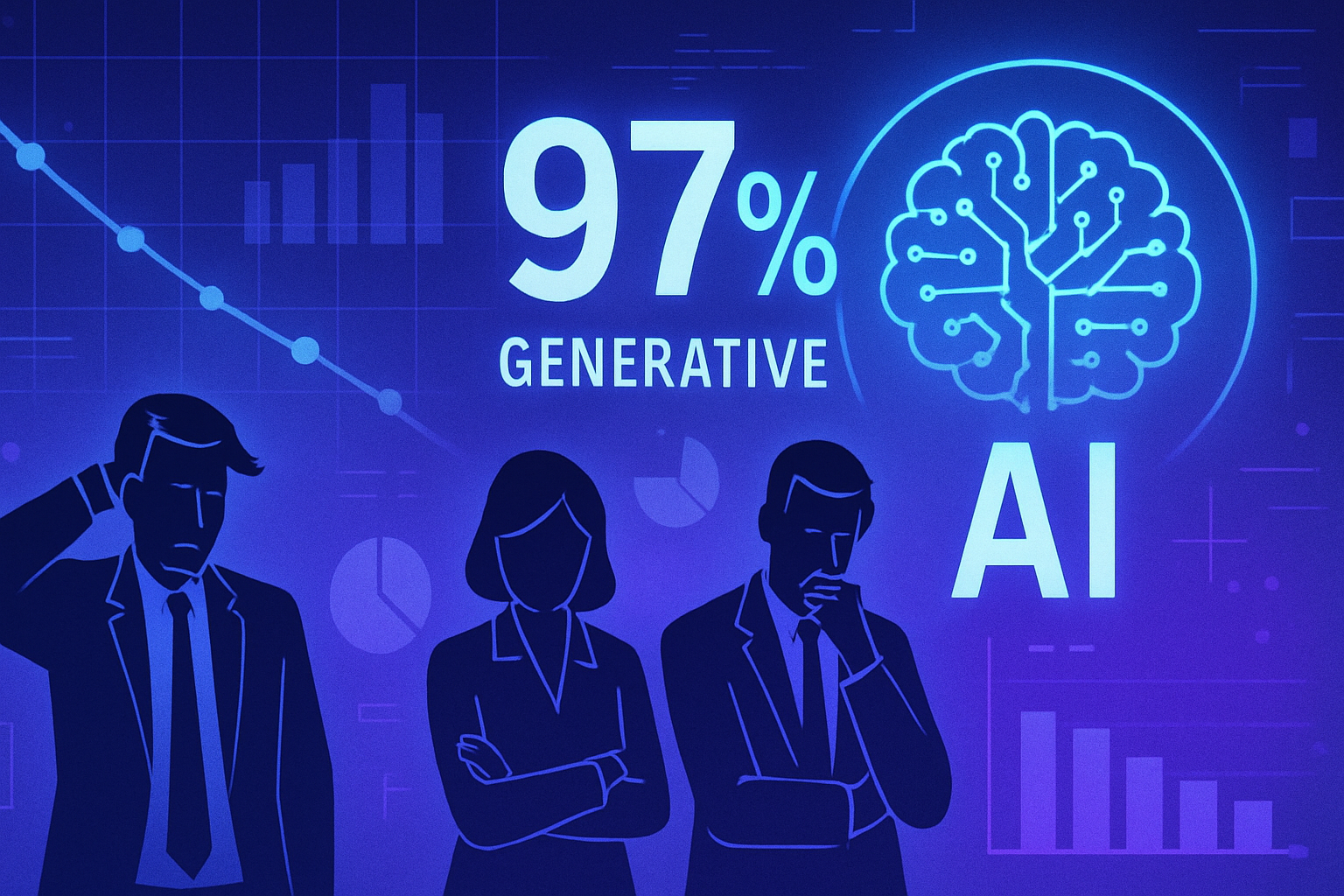The transparency of artificial intelligence, a major issue for human rights, is attracting increasing attention. Claire Hédon, Defender of Rights, warns about the inherent dangers of algorithmic use in public services. The lack of clarity in automated decisions threatens our democracy and freedoms. AI, embedded in many administrative processes, requires rigorous evaluation to ensure fairness and non-discrimination. Citizens must understand the algorithmic mechanisms that influence their rights.
The demand for transparency in automatic decisions
The Defender of Rights, Claire Hédon, highlights the risks of growing algorithmization within administrations. A recent report addresses the issue of completely automated administrative decision-making, thereby raising the stakes for the rights of users of public services.
Risks for public service users
Decisions based on algorithms or artificial intelligence systems raise questions about their fairness. Moving towards a systematization of these tools, the possibility of bias remains high, thereby exacerbating inequalities in access to rights. Users need more protection against this concerning algorithmization.
A required right to explanation
In her report, the Defender of Rights demands the establishment of a “right to explanation” for any decision made by an algorithm. Public service users deserve to understand the foundations of decisions often perceived as opaque. Transparency is imposed as a moral and legal imperative.
Call for better regulation
The report also addresses the need for harmonized European regulation regarding the use of AI. This requirement responds to a dual need: to protect users and to create a favorable environment for responsible innovation. Regulatory harmonization must integrate the foundations of digital ethics.
The impact of AI on democracy
The digital transformation of public services, driven by AI, raises demands for the preservation of democratic rights. The institution emphasizes the impact of artificial intelligence on decision-making, jeopardizing the principle of non-discrimination in access to services.
Highlighting discrimination
Claire Hédon warns about the extent of discrimination, exacerbated by the use of AI systems. The risks of systematic bias in algorithms require heightened vigilance. Every decision must be accompanied by accountability and enhanced transparency.
A necessary initiative for equality
The report formalizes proposed measures to ensure the ethical use of algorithms. This initiative should lead to concrete changes aimed at guaranteeing that every user benefits from equality of treatment. Particular attention should be paid to human interaction in decision-making processes.
Collaborations and future actions
Claire Hédon emphasizes the importance of collaboration among various stakeholders, including public services and AI developers. A synergy is essential to build a robust regulatory framework capable of adapting to technological developments. Contemporary discussions around AI must include diverse voices to achieve informed regulation.
Achievements in transparency
Sympathetic efforts are emerging to improve algorithmic transparency within administrations. However, these actions must be amplified to reflect the expected benefits. The adherence of administrations to these principles could shape a more ethical and inclusive approach in the management of public services.
Future perspectives
The recommendations made in the report call for ongoing vigilance regarding the use of AI. The integration of democratic values into these technologies remains not only desirable but also essential to preserve human dignity in the digital age. Examples of transparency initiatives are emerging, illustrating the need for a solid framework for AI.
To delve deeper into these issues, open discussions on the collaborative approach to AI regulation remain crucial.
Common questions about the transparency of artificial intelligence in public services
What is Artificial Intelligence (AI) in public services?
Artificial Intelligence (AI) in public services refers to the use of algorithms and computer systems to automate administrative processes, facilitate decision-making, and optimize the services offered to citizens.
Why does the Defender of Rights call for more transparency regarding AI?
The Defender of Rights emphasizes that the growing use of AI in administrative decisions can harm the rights of users, highlighting the importance of increased transparency so that citizens know how and why certain decisions are made.
What risks are associated with the use of AI in public services?
Risks include the potential for discrimination, the opacity of algorithms, and the lack of human oversight in decisions, which can affect equitable access to services and ensure that the rights of users are respected.
What is the role of human intervention in algorithmic decisions?
The Defender of Rights asserts that human intervention is crucial to verify the accuracy and fairness of decisions made by algorithms, ensuring that the rights of users are protected.
What does “the right to explanation” mean in the context of AI?
The “right to explanation” implies that individuals affected by decisions made by algorithms should have access to clear information on how these decisions were formulated and the criteria that were used.
How can users report discrimination resulting from AI in public services?
Users can contact the Defender of Rights to report cases of discrimination and seek assistance; this institution’s mission is to ensure respect for the rights and freedoms of citizens.
What changes does the Defender of Rights wish to see in the use of AI?
She seeks to establish guarantees regarding transparency, accountability, and fairness in the use of AI, as well as public consultations to involve citizens in decisions concerning the technologies used by the administration.
Do public services already use algorithms to make decisions?
Yes, many public services already use algorithms for various tasks, ranging from assessing social aid requests to managing taxes, but their use raises questions about transparency and the impact on users’ rights.






